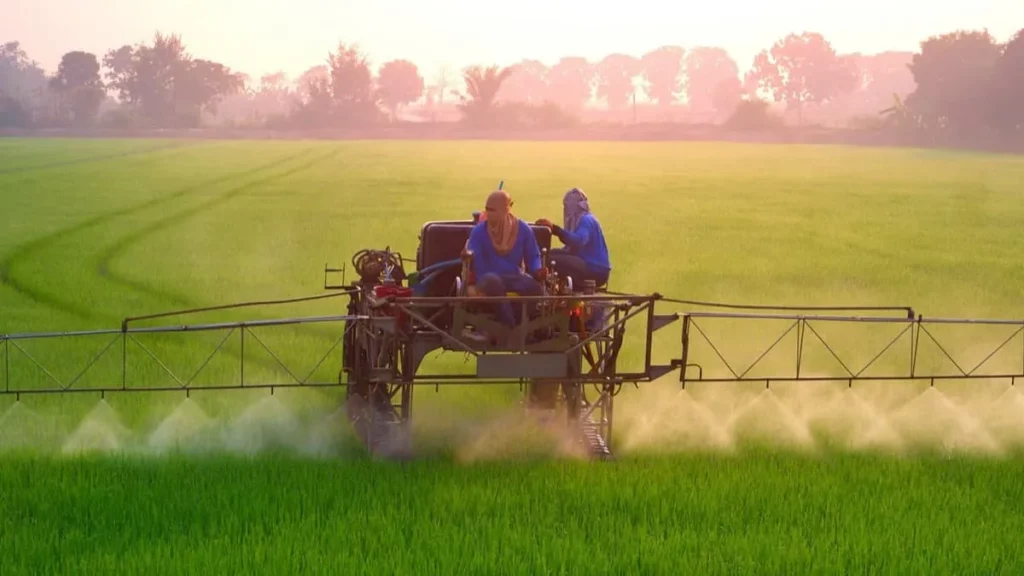
Introduction
Fertilizer application rates play a critical role in optimizing crop yields, and maximizing resource efficiency, and promoting sustainable agricultural practices. So In this blog post, we’ll explore how farmers determine fertilizer application rates and considering factors such as soil fertility, crop requirements, nutrient management strategies, and environmental considerations.
Soil Testing:
Before applying fertilizers, the farmers often conduct soil tests to assess the nutrient levels and pH of their fields and the Soil testing provides valuable information about the existing nutrient status of the soil,and allowing farmers to make informed decisions about fertilizer application rates. By understanding the soil’s nutrient profile and farmers can tailor fertilizer applications to address specific deficiencies and optimize nutrient uptake by crops.
Crop Nutrient Requirements:
Different crops have varying nutrient requirements at different growth stages and the Farmers consider the nutrient needs of their crops based on factors such as crop type, growth stage, yield goals, and environmental conditions. By understanding the nutrient demands of their crops, farmers can adjust fertilizer application rates to meet specific nutritional requirements, promote healthy growth, and maximize yields.
Nutrient Management Plans
Many farmers develop nutrient management plans that outline the optimal fertilizer application rates based on soil test results, crop nutrient requirements, and environmental considerations. These plans help farmers make informed decisions about the timing, type, and amount of fertilizers to apply, ensuring efficient nutrient utilization while minimizing environmental impacts such as nutrient runoff and leaching.
Fertilizer Formulation and Nutrient Content:
Farmers select fertilizers with appropriate nutrient formulations and concentrations to meet the specific needs of their crops and soils. Different fertilizer formulations, such as granular, liquid, and controlled-release fertilizers, offer varying nutrient concentrations and release rates. By choosing the right fertilizer formulation and nutrient content, farmers can tailor fertilizer application rates to achieve optimal nutrient delivery and plant uptake.
Environmental Considerations:
In addition to soil fertility and crop requirements, farmers also consider environmental factors when determining fertilizer application rates. Environmental considerations include factors such as nutrient runoff, leaching, and greenhouse gas emissions. Farmers implement best management practices to minimize environmental impacts, such as applying fertilizers at the right time, using nutrient-efficient fertilizers, and adopting precision agriculture techniques.
Conclusion:
Determining fertilizer application rates requires careful consideration of soil fertility, crop nutrient requirements, nutrient management plans, fertilizer formulation, and environmental considerations. By integrating these factors into their decision-making process, farmers can optimize fertilizer applications, enhance crop yields, promote sustainable agricultural practices, and minimize environmental impacts. Finding the right balance in fertilizer application rates is essential for achieving long-term productivity, profitability, and environmental stewardship in agriculture.
